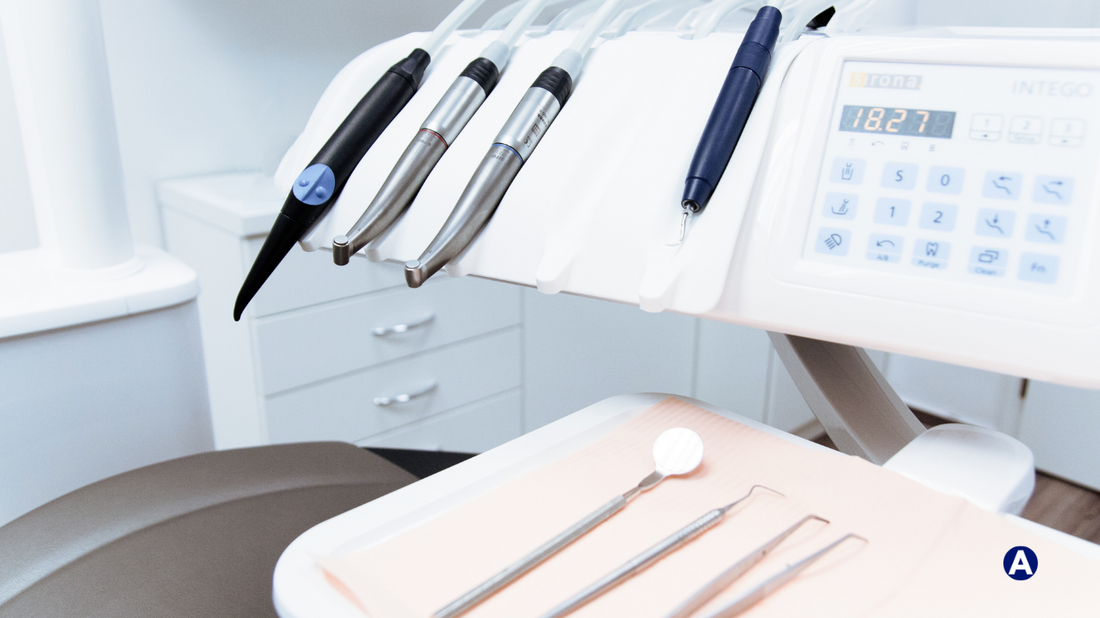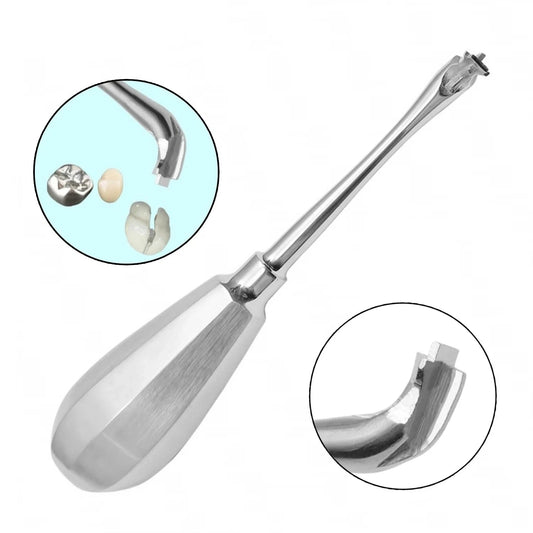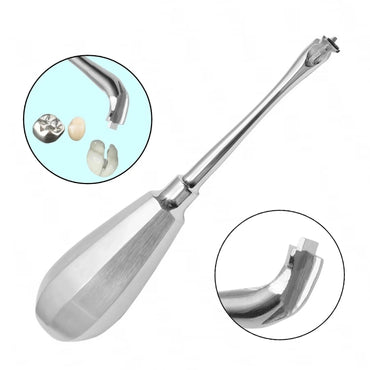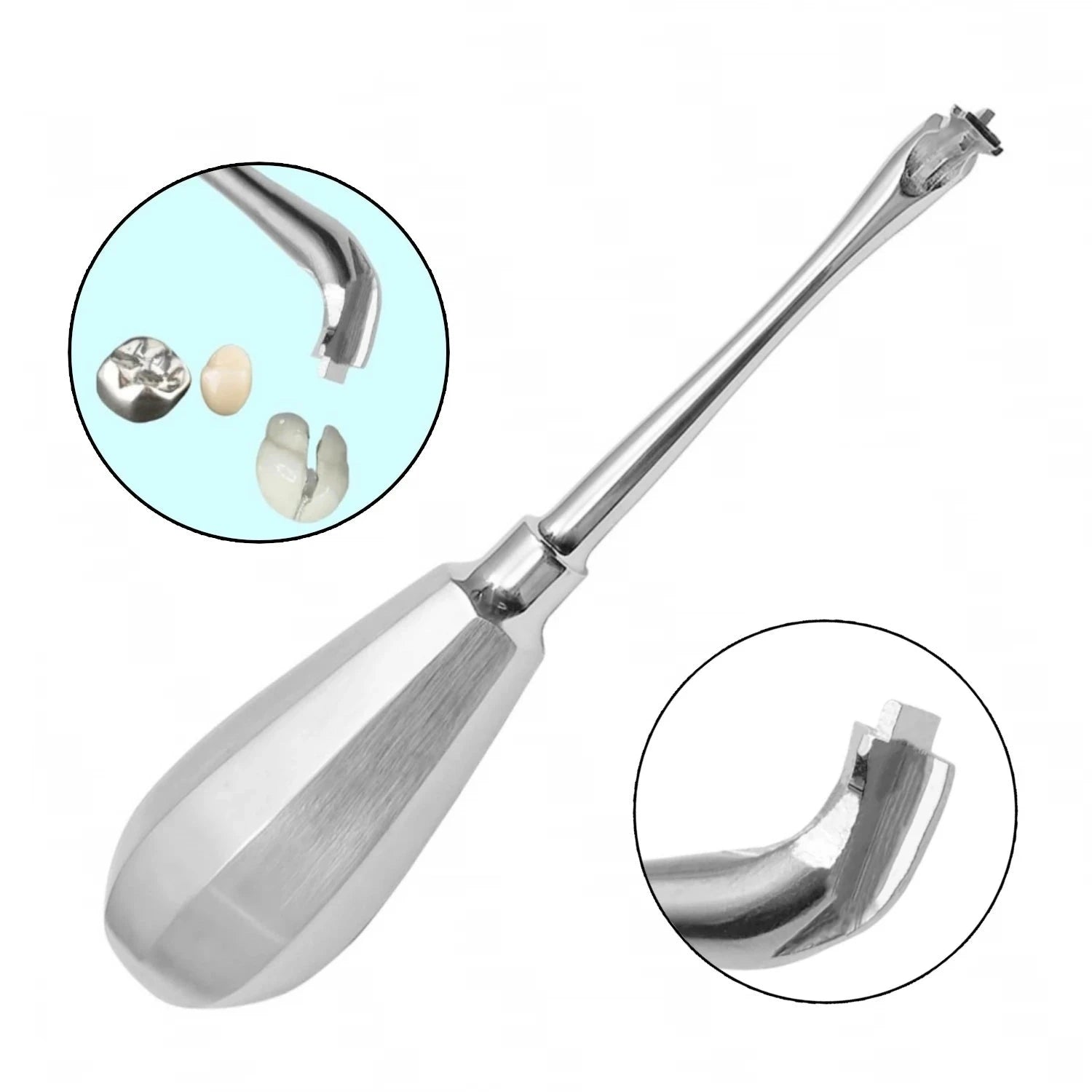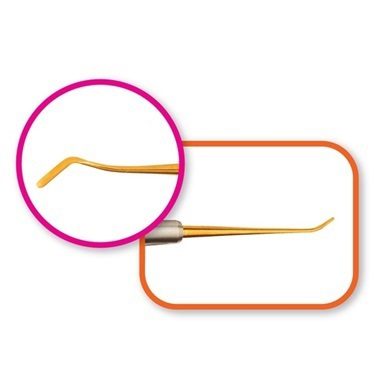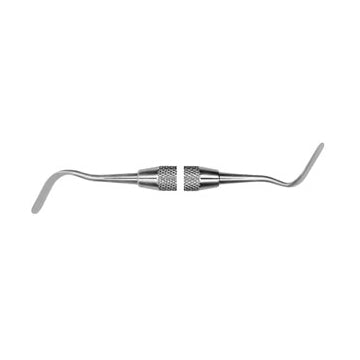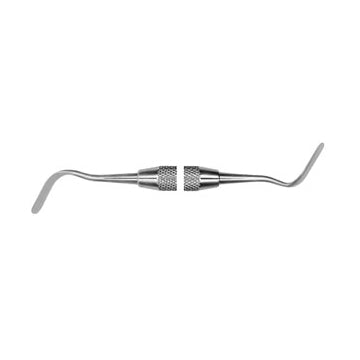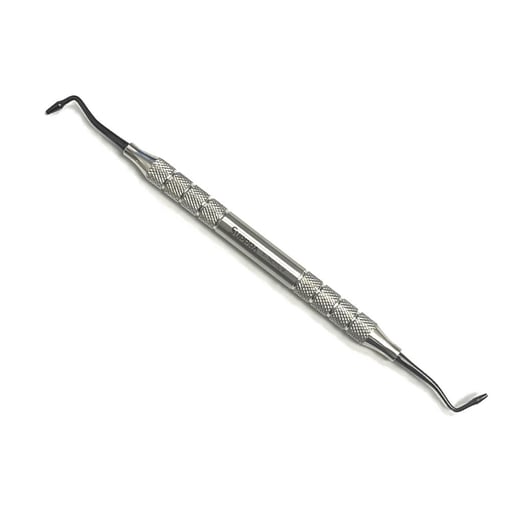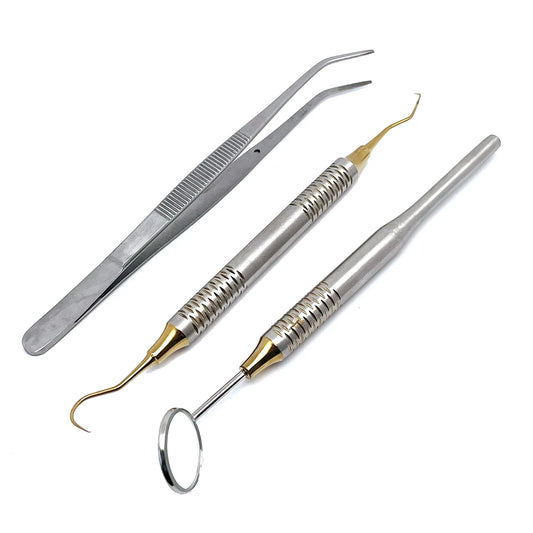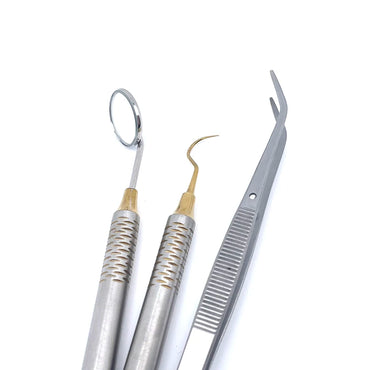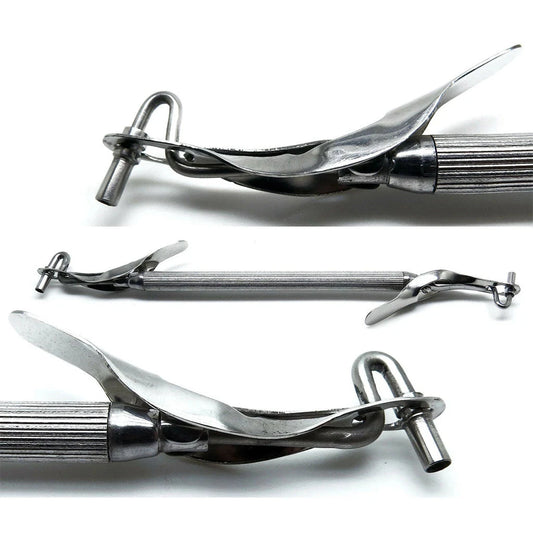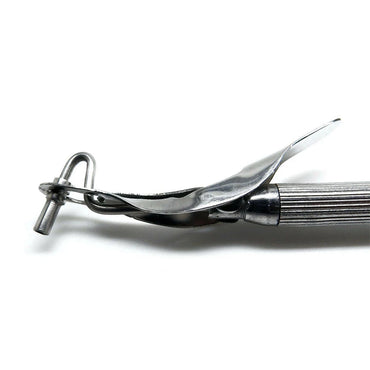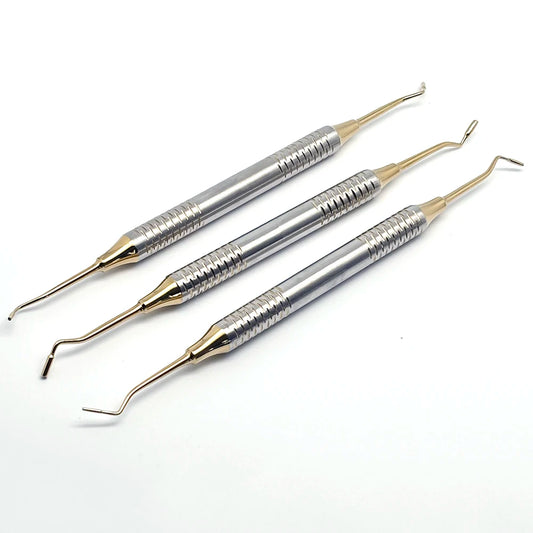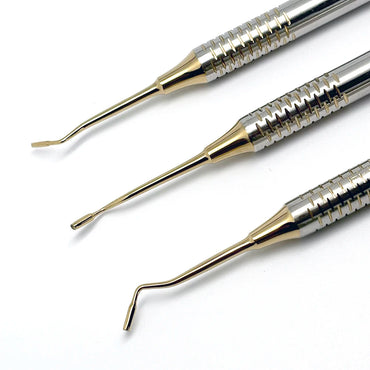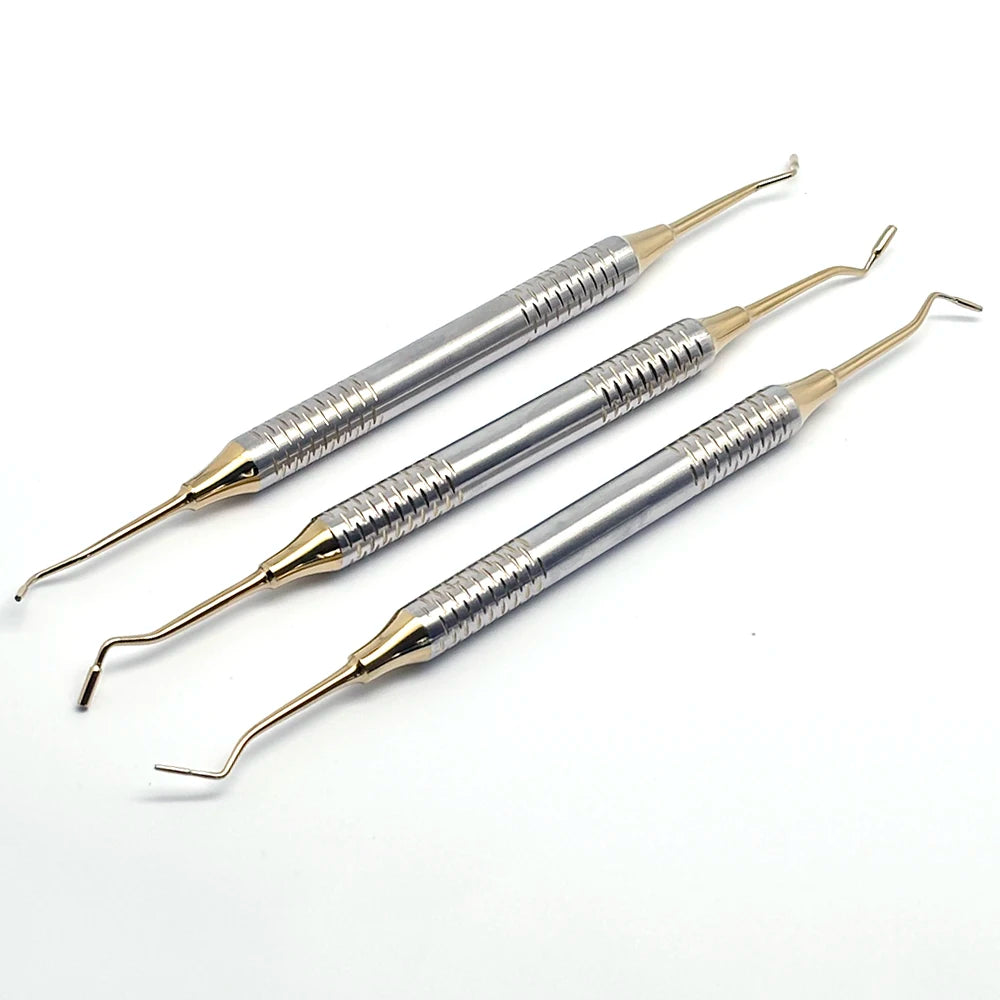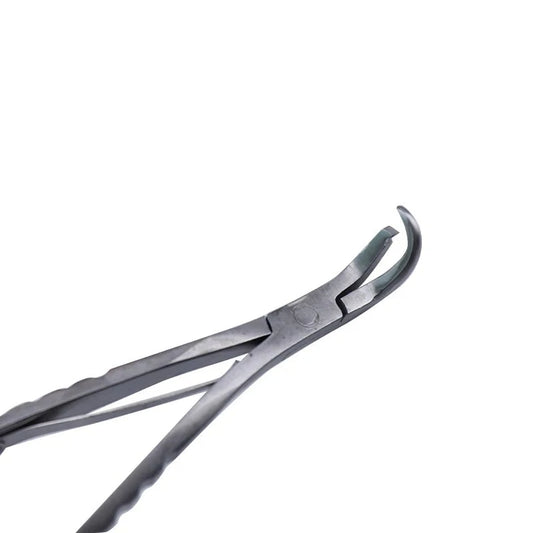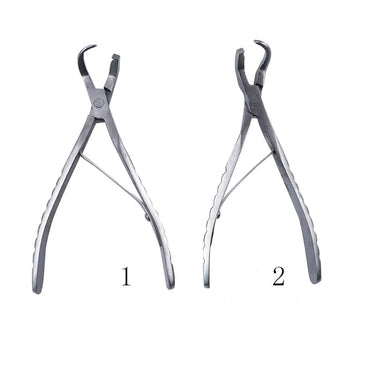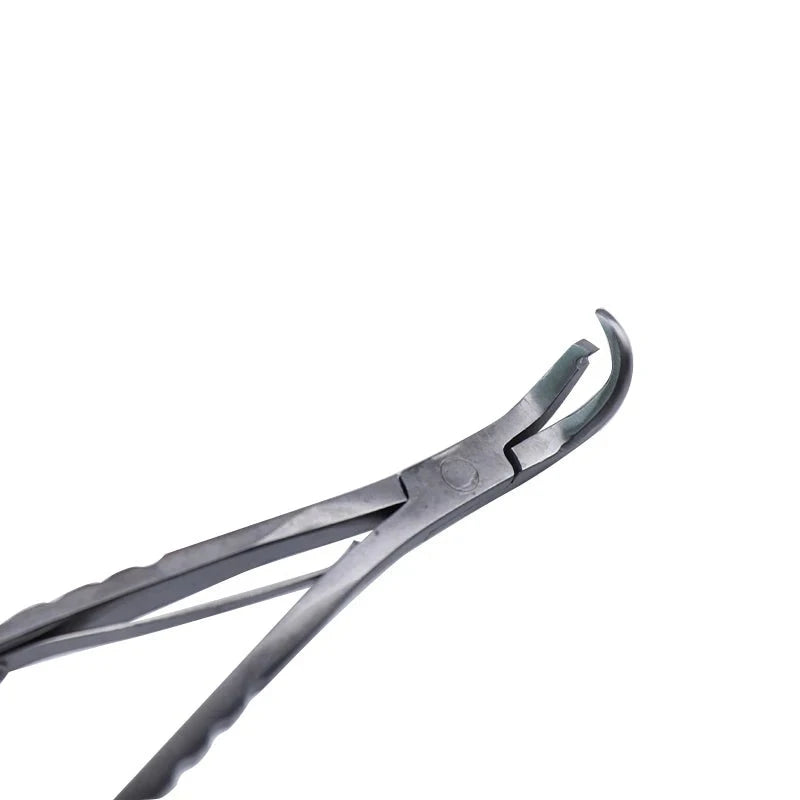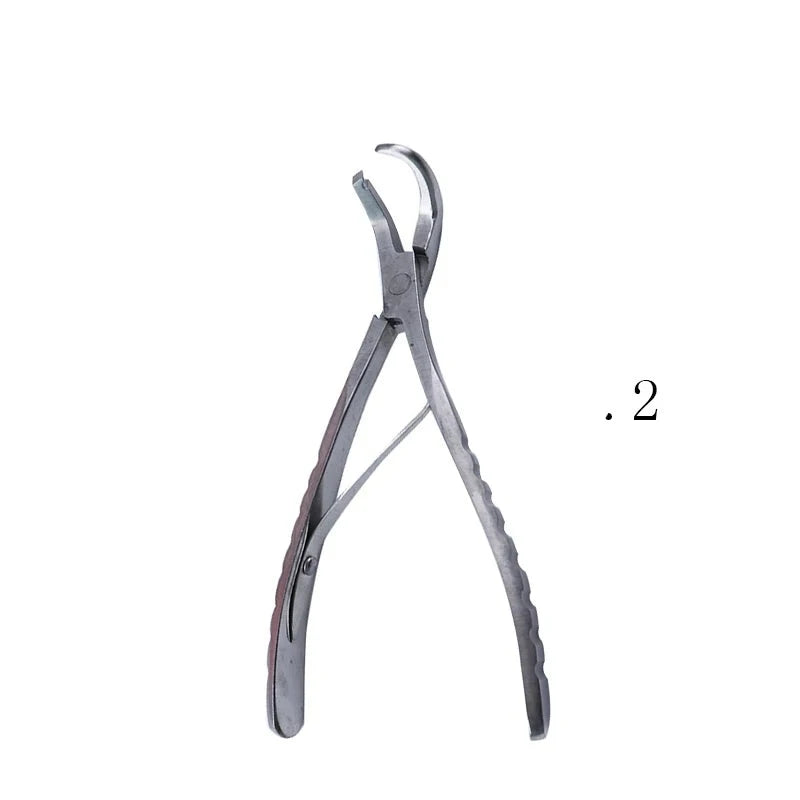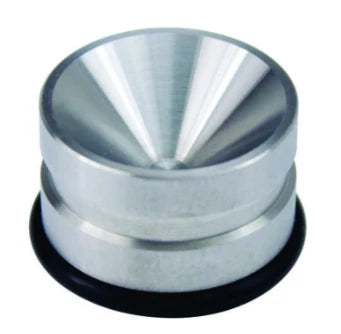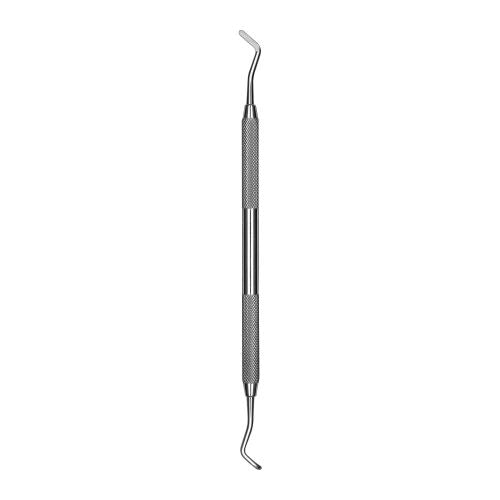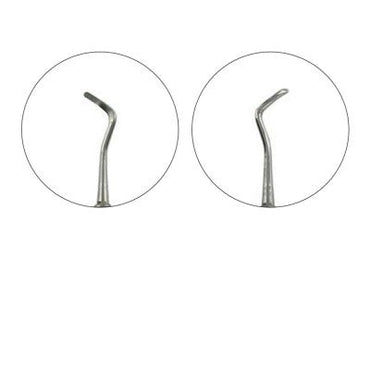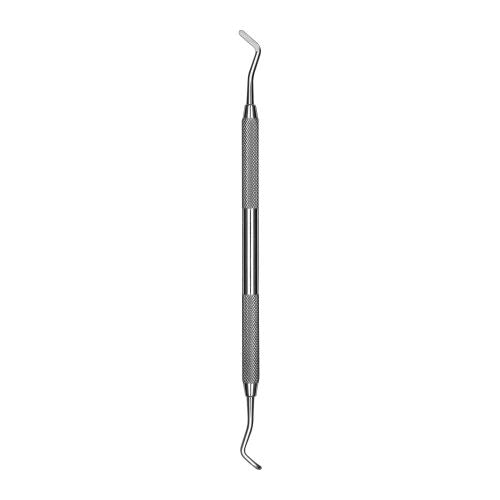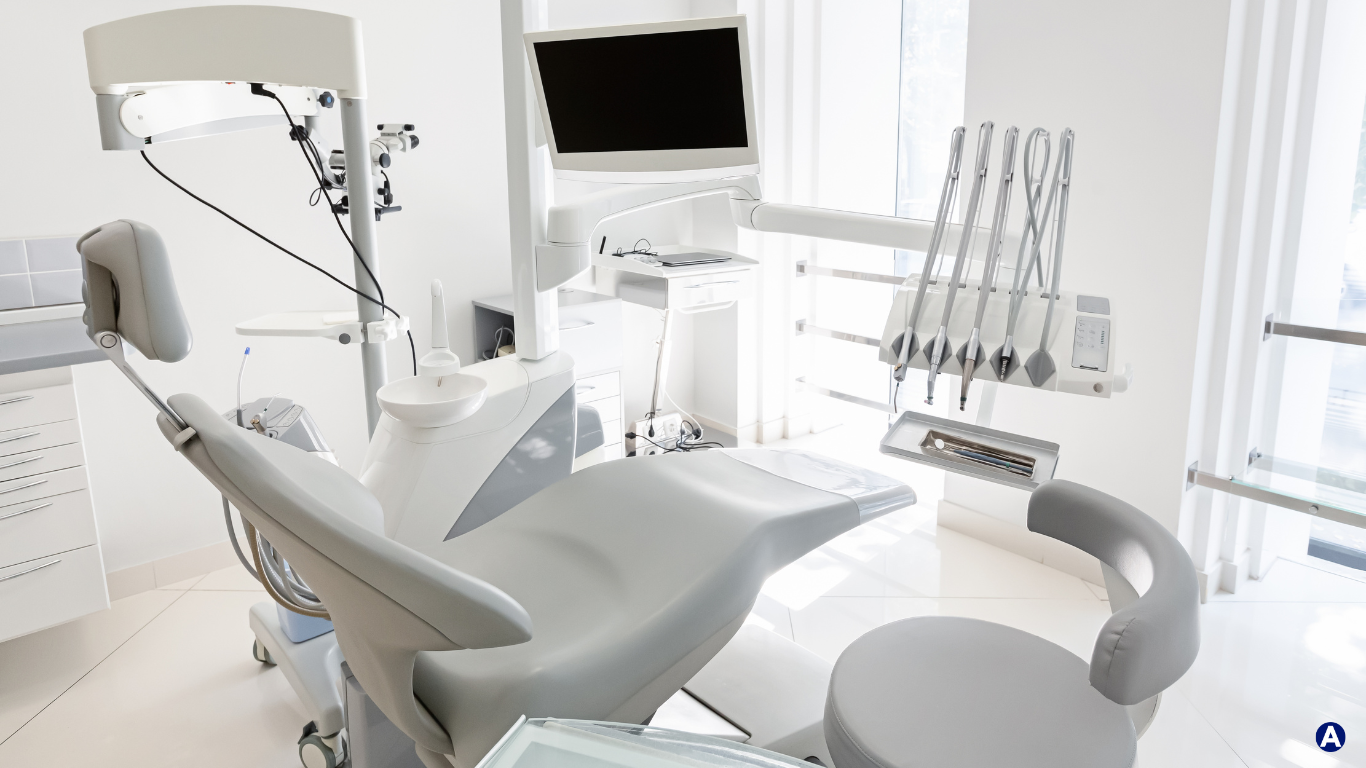When it comes to choosing the right handpiece for your dental practice, the decision often boils down to two main types: air-driven and electric. Each has its own advantages and drawbacks, and understanding their differences can help you make an informed choice that best suits your practice's needs. In this comprehensive guide, we’ll break down the pros and cons of air-driven and electric handpieces, their key features, and which type might be the best fit for your procedures.
Understanding Air-Driven Handpieces
Air-driven handpieces, also known as pneumatic handpieces, have been a staple in dentistry for decades. They operate using compressed air to spin the turbine, generating the rotational force needed for cutting and shaping teeth.
Pros of Air-Driven Handpieces
-
Lightweight and Ergonomic – Due to their simpler design and lack of a motor inside the handpiece itself, air-driven handpieces tend to be lighter and easier to handle, reducing hand fatigue over long procedures.
-
Lower Initial Cost – Air-driven handpieces are generally more affordable than electric alternatives, making them an attractive choice for budget-conscious practices.
-
Higher Speed – Air-driven handpieces can reach speeds of up to 400,000 RPM, which allows for efficient cutting in many procedures.
-
Easier Maintenance and Repairs – With fewer complex internal components, air-driven handpieces tend to be easier and less expensive to repair and maintain.
Cons of Air-Driven Handpieces
-
Inconsistent Torque – Unlike electric handpieces, air-driven models tend to lose power when cutting through harder materials, requiring more effort to maintain efficiency.
-
Noisier Operation – Air-driven turbines produce a higher-pitched sound, which can be uncomfortable for both patients and practitioners.
-
More Vibration – The high-speed rotation of air turbines results in increased vibration, potentially leading to reduced cutting precision and greater hand fatigue.
-
Limited Control – The variability in torque can make it harder to maintain smooth and precise cuts, particularly in more intricate procedures.
Understanding Electric Handpieces
Electric handpieces are powered by a motor, delivering consistent torque and rotational power. These handpieces have gained popularity in modern dental practices due to their precision and versatility.
Pros of Electric Handpieces
-
Consistent Power and Torque – Unlike air-driven handpieces, electric models maintain steady torque regardless of the material being cut, allowing for smoother and more precise operations.
-
Quieter Operation – Electric handpieces are significantly quieter than air-driven models, enhancing patient comfort and reducing noise fatigue for dental staff.
-
Greater Cutting Efficiency – The higher and more stable torque allows for faster cutting with less pressure, which can lead to reduced procedure times.
-
Reduced Vibration – With a more stable rotation, electric handpieces produce less vibration, improving precision and decreasing hand fatigue.
-
Multiple Speed Settings – Unlike air-driven handpieces, which have a fixed high-speed operation, electric models offer adjustable speeds, making them more versatile for different procedures.
Cons of Electric Handpieces
-
Heavier Weight – Due to the internal motor, electric handpieces tend to be heavier than air-driven ones, potentially leading to hand fatigue over prolonged use.
-
Higher Initial Cost – The advanced technology in electric handpieces makes them more expensive upfront compared to air-driven options.
-
More Complex Maintenance – Electric handpieces require more maintenance and specialized repairs, which can lead to higher long-term costs.
-
Learning Curve – Dentists who are accustomed to air-driven handpieces may need time to adjust to the weight and different cutting mechanics of electric models.
Which One Is Right for Your Practice?
The best handpiece for your practice ultimately depends on your specific needs, budget, and procedure types. Here are some key considerations:
-
For General Practitioners – If your practice focuses on routine restorative procedures and you prioritize cost-effectiveness, air-driven handpieces may be the better choice.
-
For Specialists (Endodontists, Prosthodontists, etc.) – If precision and consistency are paramount, electric handpieces offer better control and efficiency.
-
For High-Volume Practices – If your office handles a large number of procedures daily, an electric handpiece’s speed and reduced cutting time can improve workflow efficiency.
-
For Budget-Conscious Buyers – If upfront cost is a major factor, air-driven handpieces provide a more affordable entry point, though long-term costs should also be considered.
-
For Patient Comfort – If reducing noise and vibration is a priority, electric handpieces provide a quieter and more comfortable experience for both patients and practitioners.
Conclusion
Both air-driven and electric handpieces have their place in modern dentistry, and each offers distinct benefits. Air-driven models are lightweight, cost-effective, and easy to maintain, making them ideal for general use. On the other hand, electric handpieces provide superior cutting power, precision, and patient comfort, making them a valuable investment for specialized and high-volume practices. By carefully considering your clinical needs and budget, you can choose the right handpiece to optimize efficiency and patient care in your dental practice.


